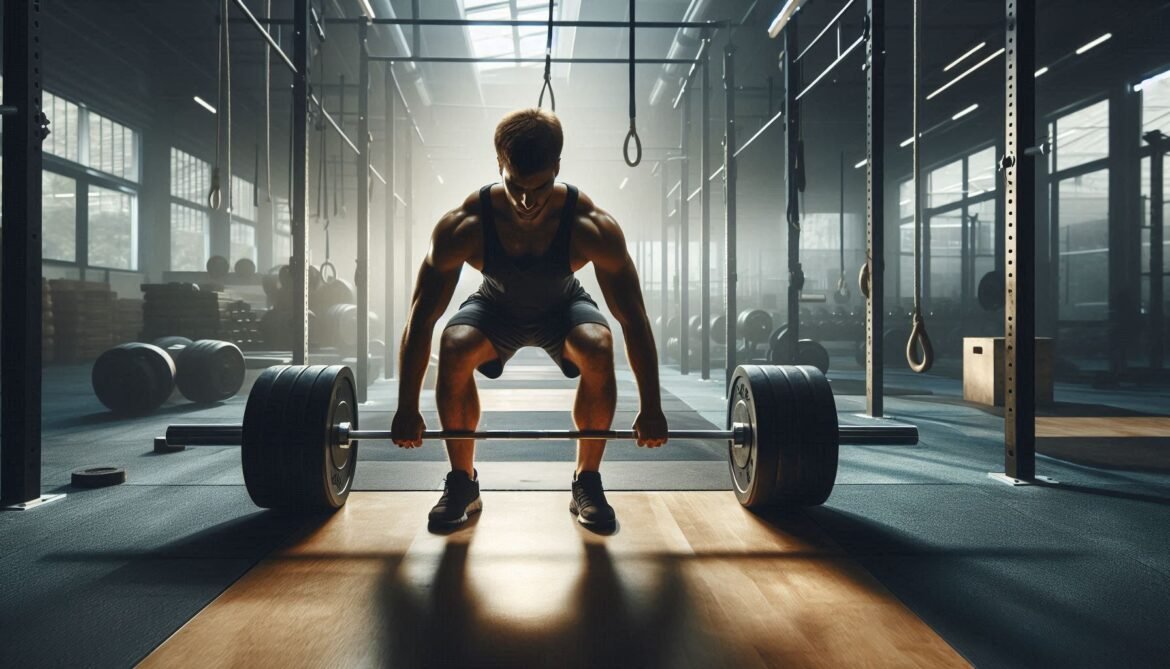The Ultimate Guide to Deadlifts
The deadlift is a quintessential strength training exercise renowned for its comprehensive benefits and functional power. As a staple in strength training and powerlifting, the deadlift engages a wide array of muscle groups and is critical for building overall strength and muscle mass. Its ability to develop posterior chain strength, improve core stability, and enhance athletic performance makes it indispensable in a well-rounded fitness regimen.
Different Forms of Deadlifts
Deadlifts can be performed in various ways, each targeting different muscle groups and offering unique benefits. From conventional to sumo, Romanian to trap bar, each deadlift variation provides a distinct challenge and helps develop specific aspects of strength and muscle growth.
- Conventional Deadlift
- Sumo Deadlift
- Romanian Deadlift
- Trap Bar Deadlift
- Deficit Deadlift
- Single-Leg Deadlift
- Clean Deadlift
Let’s dive into each of these bench presses, focusing on the muscle groups they work and how to perform them effectively.
1. Conventional Deadlift
The conventional deadlift is the most traditional form of the exercise and is performed with feet shoulder-width apart. This variation focuses on the posterior chain and is effective for overall strength and muscle development.
- Primary Muscles: Hamstrings, Glutes, Lower Back (Erector Spinae)
- Secondary Muscles: Quadriceps, Core, Trapezius, Forearms

2. Sumo Deadlift
The sumo deadlift involves a wider stance with feet turned out, emphasizing the inner thighs and glutes. This variation reduces strain on the lower back and is ideal for those who prefer a different hip angle.
- Primary Muscles: Glutes, Inner Thighs (Adductors)
- Secondary Muscles: Hamstrings, Lower Back, Core, Quadriceps

3. Romanian Deadlift
The Romanian deadlift (RDL) focuses on the hamstrings and glutes while maintaining a slight bend in the knees throughout the movement. This variation is great for developing posterior chain strength and flexibility.
- Primary Muscles: Hamstrings, Glutes
- Secondary Muscles: Lower Back, Core

4. Trap Bar Deadlift
The trap bar deadlift, performed using a trap bar or hex bar, allows for a more upright torso position, reducing strain on the lower back. It’s often used to develop overall strength with a different grip.
- Primary Muscles: Glutes, Hamstrings, Quadriceps
- Secondary Muscles: Lower Back, Core, Trapezius

5. Deficit Deadlift
The deficit deadlift involves standing on a platform or weight plate to increase the range of motion, emphasizing the hamstrings and glutes. This variation is particularly challenging and beneficial for improving strength off the floor.
- Primary Muscles: Hamstrings, Glutes
- Secondary Muscles: Lower Back, Core, Quadriceps

6. Single-Leg Deadlift
The single-leg deadlift is a unilateral exercise that enhances balance, coordination, and strength in each leg individually. It’s also beneficial for targeting the glutes and hamstrings.
- Primary Muscles: Glutes, Hamstrings
- Secondary Muscles: Core, Lower Back, Hip Stabilizers

7. Clean Deadlift
The clean deadlift is a variation where the barbell is lifted from the floor to a higher position, often used in Olympic weightlifting training. It enhances explosive power and strength.
- Primary Muscles: Hamstrings, Glutes, Lower Back
- Secondary Muscles: Quadriceps, Core, Trapezius

All-Time Best Deadlift Exercise: Barbell Deadlift
While all deadlift variations offer unique benefits, the conventional deadlift (Barbell Deadlift) is widely recognized as the best overall deadlift exercise for building comprehensive strength. Its ability to engage the entire posterior chain makes it invaluable for overall muscle development and strength gains.
The barbell deadlift is a highly effective exercise for developing overall strength and power. By targeting multiple muscle groups and enhancing functional movement, it plays a crucial role in any strength training program. With proper form, attention to detail, and gradual progression, the deadlift can lead to significant improvements in strength, muscle mass, and athletic performance. Incorporate this exercise into your routine to build a strong posterior chain and support your fitness goals.
